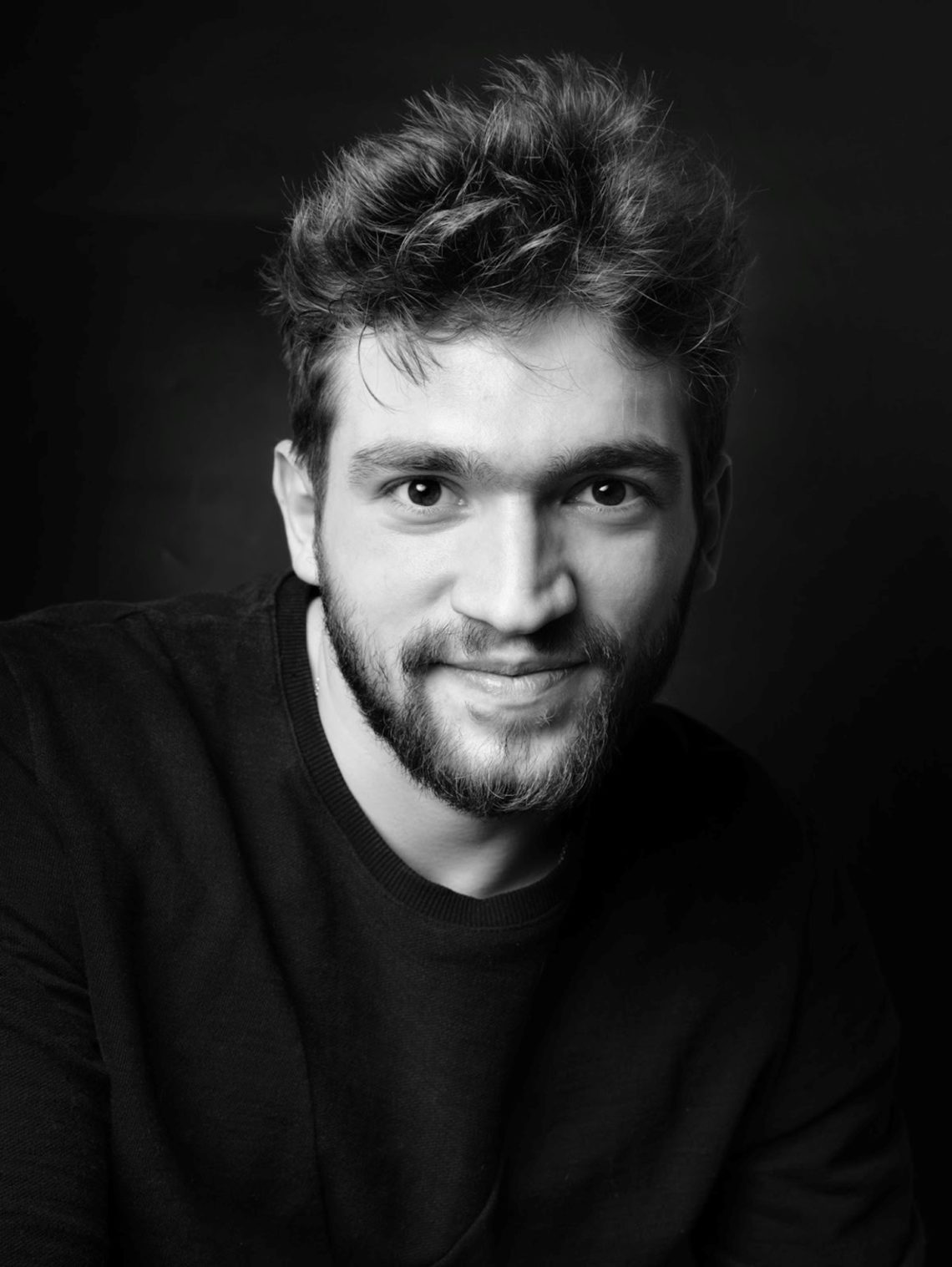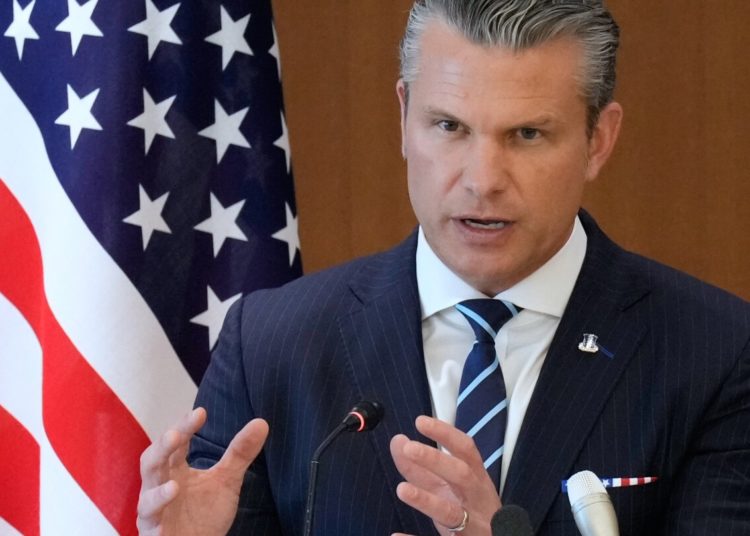Georgy Karpenko, an architect, interior designer, and computational designer, shares his experience working on iconic projects around the world, discusses the influence of different cultures, and talks about how AI is reshaping the architecture of the future.
— Georgy, you provide services as an architect, interior designer, and computational designer. Working with large companies such as Google, A16Z, Bloomberg, and Brookfield, you consult on the implementation of algorithmic methods and artificial intelligence in design. What are the most common fears that architects face when transitioning to new technologies?
— The main fear of architects is not so much artificial intelligence itself, but its impact on aesthetics. Many are concerned that the use of algorithms and parametrics will inevitably lead to the creation of fluid architecture in the style of Zaha Hadid. And this is a very big misconception, which, as a result of recent technological breakthroughs, has become inseparably linked to the discussion of any implementation of new tools.
But it seems to me that now, with the development of artificial intelligence, there is gradually a realization that this is not entirely the case, that it is possible to curate the style in which an architectural studio works. And that was my main message, which I conveyed both when consulting for “Pravda,” when leading the design development at “Apex,” and when collaborating with the Tsymailo Lyashenko and Partners bureau: all these tools only help to accelerate existing processes and improve the detailing, and they do not necessarily tie projects to a specific stylistic aesthetic.
The second fear is the difficulty of mastering new technologies. Many people think that you need to be a programmer to work with them. But this is not the case at all. Nowadays, there are many architects and design specialists who combine these tools in their work. There are a lot of tools that require no coding experience. And with the advent of AI, there has been direct integration of such tools into our usual 3D modeling environments. Now, we can simply ask Chat GPT or Claude to write a small script that will perform a specific design task. And the ability to program is no longer as important as it might have been 10 years ago.
— From your biography, we also know that you taught at SoftKultura. What did you primarily try to teach your students? In your opinion, what is the most important thing for a young architect at the beginning of their career?
— I always try to convey an important idea to my students: a tool is an extension of your hand. But you need to understand that the decisive factor is not the tool itself, but what you do with it. For a long time, there were debates in the architectural community about which software is better. But I believe that this is not that important, though I absolutely love working in Rhinoceros. The choice usually depends on the complex business conditions in a particular country. In fact, all these tools are quite similar and primarily speed up your work.
— Georgy, you are an architect with extensive experience, and your projects have been realized in various corners of the world. What cultural characteristics of these countries—the USA, Russia, India, and Saudi Arabia—have influenced you the most, not only professionally but also personally? What discoveries have you made while working in such, sometimes completely different, conditions?
— Although my portfolio includes projects in various parts of the world—in the USA, Russia, India, and Saudi Arabia—I have the most experience, of course, in Russia and the USA. The Russian architectural school is very close to the European one. Our references, the cases we studied, and the heritage represented by numerous architects—from Leonidov to Brodsky—all exist within the European tradition.
American architecture, on the other hand, seems to me more self-centered. While in Europe the emphasis is on details, precise execution, simplicity, and minimalism, in the USA, it is on conceptual thinking. Each architectural structure carries a certain message, sometimes even overloaded, bordering on kitsch. Here we see a very colorful palette, where each work is an expression of individualism. This is the American apotheosis of architecture. Meanwhile, in Russia, the approach is still closer to the European one.
Even Google’s headquarters in the Thompson Center is largely a culmination of American architecture, with its oversaturation of various programs and ways of using space. The enormous scale, a huge atrium (perhaps the largest in North America), the merging of flows of people arriving by public transport and from the street.
Interestingly, many transportation hubs in Europe were built by American architects, which may be related to a more intense and conceptual approach to architecture.
— Just about Google. In your opinion, how does the approach to designing office spaces for tech companies differ from working with more traditional corporations, such as Bloomberg?
— Indeed, the approach of these companies differs significantly. Google, despite its capitalization, still has a startup mentality, ready to experiment and combine different approaches. Sometimes this led to rather unusual solutions, and overall it was very interesting, as the company showed great courage in using unconventional scenarios for organizing space. In my opinion, this is a characteristic feature of tech companies: a willingness to experiment.
For large companies like Google, it is very important to remain flexible and implement innovations, since as scale increases, inertia also rises, and readiness for change decreases.
In my opinion, Google successfully maintains a balance between these factors by keeping track of the latest trends and implementing new solutions. At the same time, traditional financial institutions, like Bloomberg, tend to take a more conservative approach. But even here, there are nuances.
An interesting case is fashion houses. We have worked extensively with companies like Chanel, and here we had to combine innovative solutions with a traditional approach, spending a lot of time selecting materials and finding the perfect ratios and proportions.
— The Thompson Center in Chicago is an iconic building with a rich history. Georgiy, tell us, what was the most challenging part of creating a modern and functional space for Google’s headquarters while preserving the historical value of the building?
— Perhaps the most difficult task was working with the existing context. The building was strongly associated by the residents of Chicago with government institutions. And Google, essentially, decided to completely change the image of this place. We suggested combining all the streams and processes happening in and around the building, creating a true hub.
The second challenge was the user journey, which had to meet the needs of a wide range of user groups. We analyzed the project from the perspective of different people, considering how they would perceive the building.
Working with Google, we realized that they like to hide messages—easter eggs—in the design. We created a ceiling that reflects the topology of Lake Michigan and added color schemes that match the colors of the Chicago flag.
The very format of working with the space was very interesting, as the entrance to the building, which houses an atrium, requires a special approach. The entrance area had to be designed in such a way that it allowed free movement in different directions while still appearing grand. I hope we succeeded, and soon it will be possible to see how it all comes to life in practice.
— And what role did computational design play in this?
— To create a ceiling topology that mirrors the contours of Lake Michigan, computational design was necessary. It allowed us to calculate the length of all the elements placed on the ceiling to achieve the desired visual effect. We actively used Grasshopper and algorithmic design. This was largely essential to ease the work, considering the colossal size of the building: 250,000 square feet across just the two floors we worked on.
— Georgy, in your work, you use an unconventional approach to design. Could you tell us how you managed to convince Google, a company renowned for its innovations, of the necessity of using parametric design for the ceiling at the Thompson Center? And what advantages were you able to achieve with this solution compared to the traditional approach?
— The client themselves initiated the search for innovative solutions. At first, we proposed a more restrained design, but Google asked us to come up with something more complex. Then I joined the project and began working on creating a reference to the location, while also aiming to make the space interesting for those who are in it. We used a system of metal tubes hanging from the ceiling to create a parallax effect. This effect, where moving objects against one another creates a sense of depth and layering, became the main tool for shaping the unique visual quality of the ceiling.
— I know that you developed an algorithm for dynamic facade cost analysis, which reduced the design time from several days to a few minutes. Could you tell us more about this solution and how it has changed your approach to facade design?
— Our team faced the task of testing several facade options, while it was important for the client to quickly understand the financial implications of each decision. It is, of course, impossible to predict the exact construction cost immediately, but we could estimate the quantity of materials and labor costs with a certain margin of error.
It used to be done manually. It took several days. To solve the problem, I suggested automating the process. I wrote a script that allowed us to create five different facade options in one day, while another team could only prepare one option, and even asked for more time to work on the rest.
— One of your projects was created in a very short time. How did you manage to lead the work on creating the marketing and conceptual package in such a short period? What tools and methods helped you?
— We are talking about a project associated with one of the largest music labels. They wanted their new headquarters in New York to become a real billboard. They spent a long time choosing a building, and the developer we often collaborated with suggested that we create the concept for the future lobby. We saw this as an amazing opportunity. After all, when your main client is a music label, you can come up with entirely new ways to use the space: concerts, new album presentations, autograph sessions, merchandise stores.
We began to think through these scenarios and consider how to combine them. At that time, it was very important for the label to transition to a digital format and take advantage of artificial intelligence capabilities. Therefore, we decided to create a digital environment in the lobby that would meet this goal. We used large screens that harmonized with the lobby’s architecture and minimalist mirrored pieces of furniture placed between these screens. We also designed the sound system. Thanks to this, we were able to create an adaptive space suitable for different scenarios.
— You designed an aircraft maintenance plant and a private airport for S7 Airlines. What challenges did you encounter while working on this project, and how did you manage to overcome them?
— Working on the project was incredibly interesting but also challenging. Our small studio was working with such a major client for the first time. Difficulties arose at every step: from laying out the heating networks to choosing the special asphalt for the runway. Even logistics posed a problem, as reaching the location was not easy. During the project implementation, significant changes were made. Our initially ambitious plans were adjusted to align with the client’s budget. But despite this, we reached a great end result.
— Georgy, one of the interesting projects in your portfolio is the “Qatar Pavilion.” Which specific skills and knowledge gained from working on tensile structures have been the most valuable for you in your further career, and how do they help you today?
— This project allowed me to deeply immerse myself in algorithmic design. Modeling tensile structures is only possible using physics simulation software. If you want to understand what such architecture would look like in reality, computational design is indispensable.
Working on this project, I was able to built streamline design pipelines for the whole studio, which allowed them to explore multiple design scenarios. And, equally importantly, I became fully convinced that computational design, without affecting aesthetics, can create very beautiful projects. I am very glad that I had the opportunity to work on this project and gain invaluable experience.
— Georgy, where do you find the source of inspiration for your work? Which contemporary architects and architectural trends interest you the most, and why?
— First of all, I am inspired by the opportunity to create physical objects. When you can come up with something and it materializes into a real object. I am inspired by many contemporary architects. I really love the works of Jacques Herzog and Pierre de Meuron, especially what they do in the field of reconstruction.
I am also inspired by Lacaton & Vassal. Their project for the reconstruction of apartment buildings in Germany (buildings constructed during the GDR era, very similar in typology to Soviet ones) is an amazing reference point for the renovation of residential stock in Russia. Asian architecture, especially Japanese, is a tremendous source of inspiration. My favorite building is the Teshima Art Museum. There is nothing there except the ceiling and the floor. People walk around and watch how drops of water seep through the floor and roll over the uneven concrete surface. It is an experience on the verge of spirituality.
— In your career, there is room for participating in exhibitions and creating art objects. In your opinion, how closely connected are architecture and art, and how does this experience influence your projects?
— There is always a strong element of art in architecture. In my portfolio, there are projects that resemble art objects more than buildings. One such project was a work created in collaboration with John Lott, a professor at Harvard. Thanks to this collaboration, we were able to implement a project in the Art Omi sculpture park. As part of a group that included artists and architects, we created several installations along a trail that goes through the forest. I also had experience participating in exhibitions as part of the “Open City” festival in Moscow, where we talked about the influence of Japanese and German architecture on us, on architecture in Russia, and worldwide.
— You work as an architect, interior designer, and computational designer. Which of these fields is closest to you, and how do you see your professional development in the future?
— I see the boundaries between these fields blurring. The current revolution in artificial intelligence gives grounds for techno-optimism: I am convinced that the new possibilities of AI will be very useful in our work. With the advent of new technologies, the process of architectural design will move toward a return to drawing, to the primary way of working with materials. We will think and create, perhaps not on paper, but on a tablet or in the metaverse . Yet artificial intelligence will process our ideas and turn them into buildings, 3D models, and eventually real objects. This is precisely where I see the future of architecture. AI is unlikely to come up with entirely new ideas, but it will certainly be able to significantly speed up the process of construction and realization of our concepts. And I am very hopeful for such a future.
The post Georgy Karpenko: How to Find a Balance between Art, Technology, and Client Needs in 21st-Century Architecture appeared first on International Business Times.




